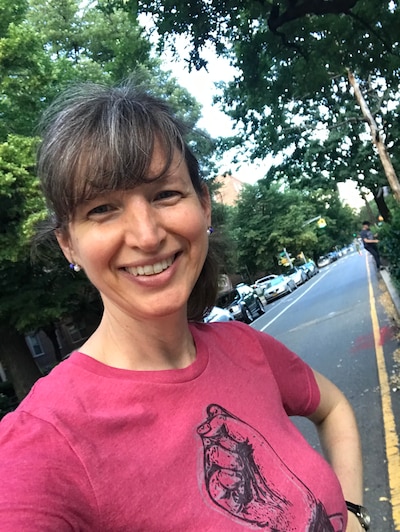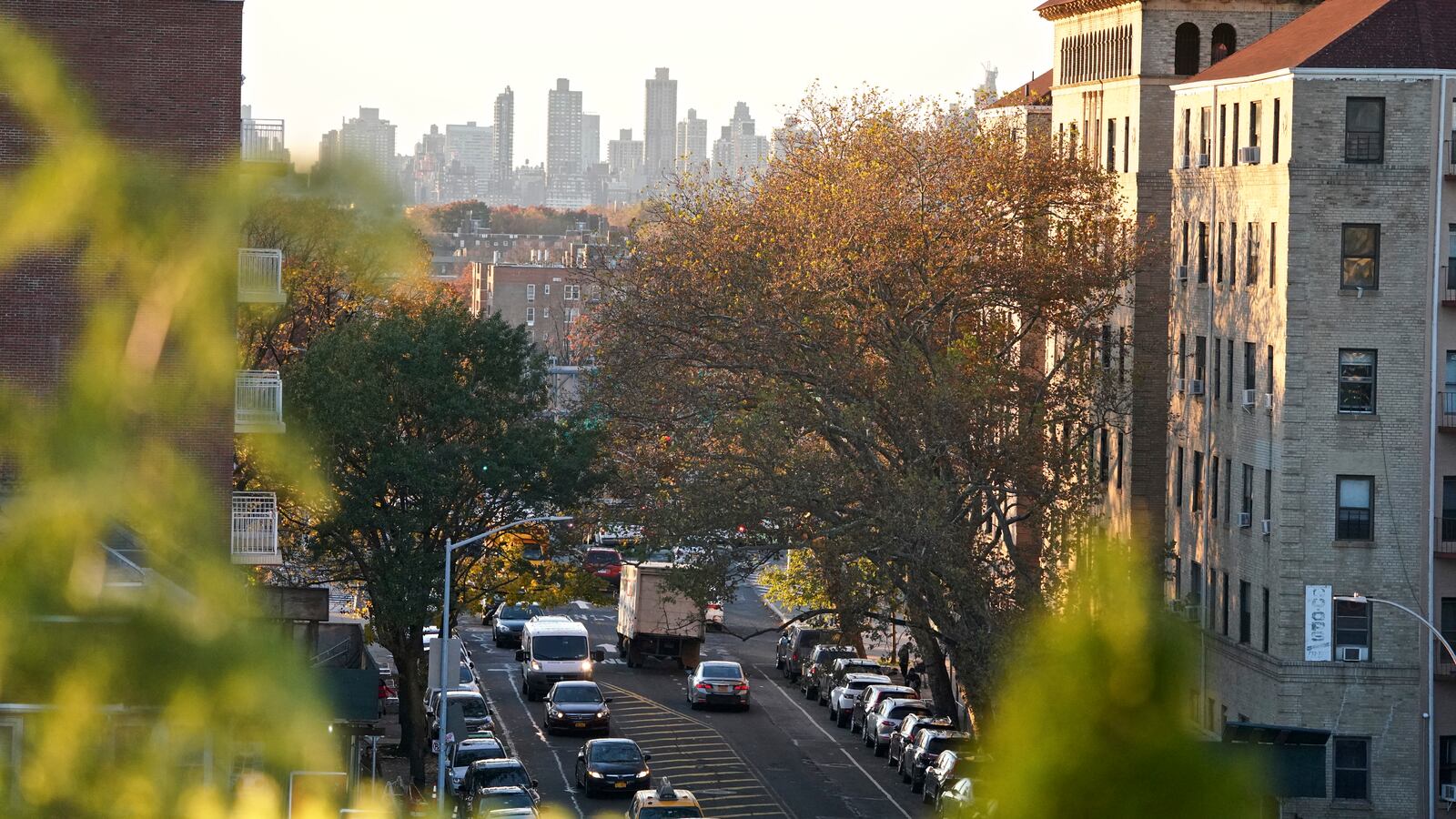My son attended Intermediate School 145 Joseph Pulitzer, a large zoned middle school in Jackson Heights, Queens. We chose I.S. 145 for our child because it is our assigned neighborhood public school with a project-based learning model, a dual-language bilingual program, and a maker club.
The school is situated in one of the most diverse neighborhoods in New York City, a progressive enclave that mobilized to elect Congresswoman Alexandria Ocasio-Cortez. But the local public schools do not reflect the neighborhood's diversity in terms of race, ethnicity, and family income, something true more and more throughout the city.

At I.S. 145, nine in 10 students are Latinx and low-income. If I'm outside at 7 a.m. on a weekday, I can watch elementary children of white and affluent parents wait for a yellow bus that will deliver them to schools with whiter and wealthier student populations than their zoned school. The families whose children exit the zoned schools are heading to "gifted" programs, charter schools, unzoned lottery-based schools, Catholic, and private schools — schools that don't accept every student.
This sorting is no secret to parents in the neighborhood, our school's leaders, officials in New York City's District 30, the education department's central office, and even the federal government. When our child, who is white, started as a sixth grader in 2018, I.S. 145 was well into a multimillion-dollar, multiyear federal magnet grant designed to reduce the “isolation of Hispanic students" at the school. I spent the next three years watching as that goal receded further and further from reach.
The story of that failure reveals something about the striking hierarchy of schools in our system, the forces that keep things that way, and the ugly reality that much of the school desegregation work happening around the city is just parents and educators spinning their wheels.
After my son enrolled, I joined the school's diversity committee, which planned events to showcase the school to the community, including a Saturday STEAM day with project stations and a trip by the student dance team to an elementary school. We were under no illusions that we could change the perception of the school among all families but were confident we were reaching some.
In reality, the effort had no effect. In January 2020, I sat in a meeting with a local politician, the schools chancellor, and education advocates where a magnet school grant report was shared. It showed "Hispanic isolation" had slightly worsened at I.S. 145 and nearby P.S. 92 over the grant's first three years.
That spring brought a breakthrough: A group of privileged parents, impressed by the open houses and all the school had to offer, had ranked it first on their children's middle school application. But when school assignments came out, I.S. 145 was so under-enrolled that the principal warned about potential staff cuts.
When we reached out to the central enrollment office, we were told that more than 150 students residing outside the I.S. 145 zone ranked it first on their middle school application. But the enrollment office capped the number of out-of-zone students accepted to I.S. 145 at 46 — and had for years, unbeknownst to the school. More than 100 students were turned away, even though the school was under-enrolled.
This cap seemed at direct odds with the magnet grant application: "The only way highly minority group isolated schools with large numbers of poor, Hispanic students in District 30 can become more racially and socioeconomically diverse is if students can cross district lines." As parents asked around, they learned that the students were instead assigned to whiter, wealthier lottery-based schools in other neighborhoods.
At an emergency meeting with the school leadership team and the district superintendent in June 2020, the undermining of I.S. 145's integration work became apparent. Enrollment office officials argued that I.S. 145 needed to keep seats amounting to 9% of the sixth grade class open for students who might arrive in the school zone over the school year. Only zoned schools are required to keep these open seats.
The education department's explanation made clear the pecking order of schools in the area. Rather than all schools being required to set seats aside for newcomers, some schools are allowed to curate their enrollment, while others struggle to achieve even a modicum of integration.
These patterns are often justified with the language of choice. The District 30 superintendent has said, for example, that we must "give parents the opportunity to find the school that fits their child." But study after study shows that when privileged parents exercise school choice, they rarely choose a school with more Black and Latinx children over other options.
Years earlier, when my son was nearing elementary age, I watched families I knew from the playground and playdates become desperate to find any other option than the zoned school. Parents called kindergarten admissions "worse than college" as they traded "Gifted and Talented" test prep books on the local listserv. It is rare to find parents educated in the U.S. who have not bought into the zero-sum mindset that "good school" seats are limited and you must enter the game early or be left to the "bad schools." Parent organizing efforts I've been a part of since 2013 have moved some families to reject this pressure, but they have not significantly altered the pattern of school segregation.
The more tragicomic force working against integration efforts at I.S. 145 is other money allocated for school integration that fails to make any change.
New York state's program "to support integrated schools and classrooms" recently awarded an additional $2.5 million in grants to District 30. But on the ground, the funds are being used only for teacher training and parent workshops. One series of lectures for parents focuses on topics including "cancel culture" (framed in a way similar to its spotlight at the 2020 Republican Convention), power and privilege, and responding to your child's needs with empathy. While the topics are worthy of discussion, it is unclear how lectures will result in school integration. Teachers told me their training was time-consuming and, during a pandemic, resulted in students doing more "asynchronous" work.
Professional development alone is not an integration strategy. I've seen enough to know that District 30 needs an admissions plan so that students at its elementary and middle schools reflect the district's diversity. The $2.5 million should be used to craft and implement that plan.
As white and affluent children exit Jackson Heights and literally cross the paths of their immigrant neighbors on the way to school, all children internalize a message that some schools aren't good enough for white or privileged kids. Racism is sustained, generation after generation.
"They don't want their children with our children," the PTA president at my children's elementary school, an immigrant parent, told me once. "They have their own schools." In 2021, we can do better.
Amanda Vender is a co-founder of Jackson Heights People for Public Schools and has been an educator and activist for public school equity for over 10 years.


